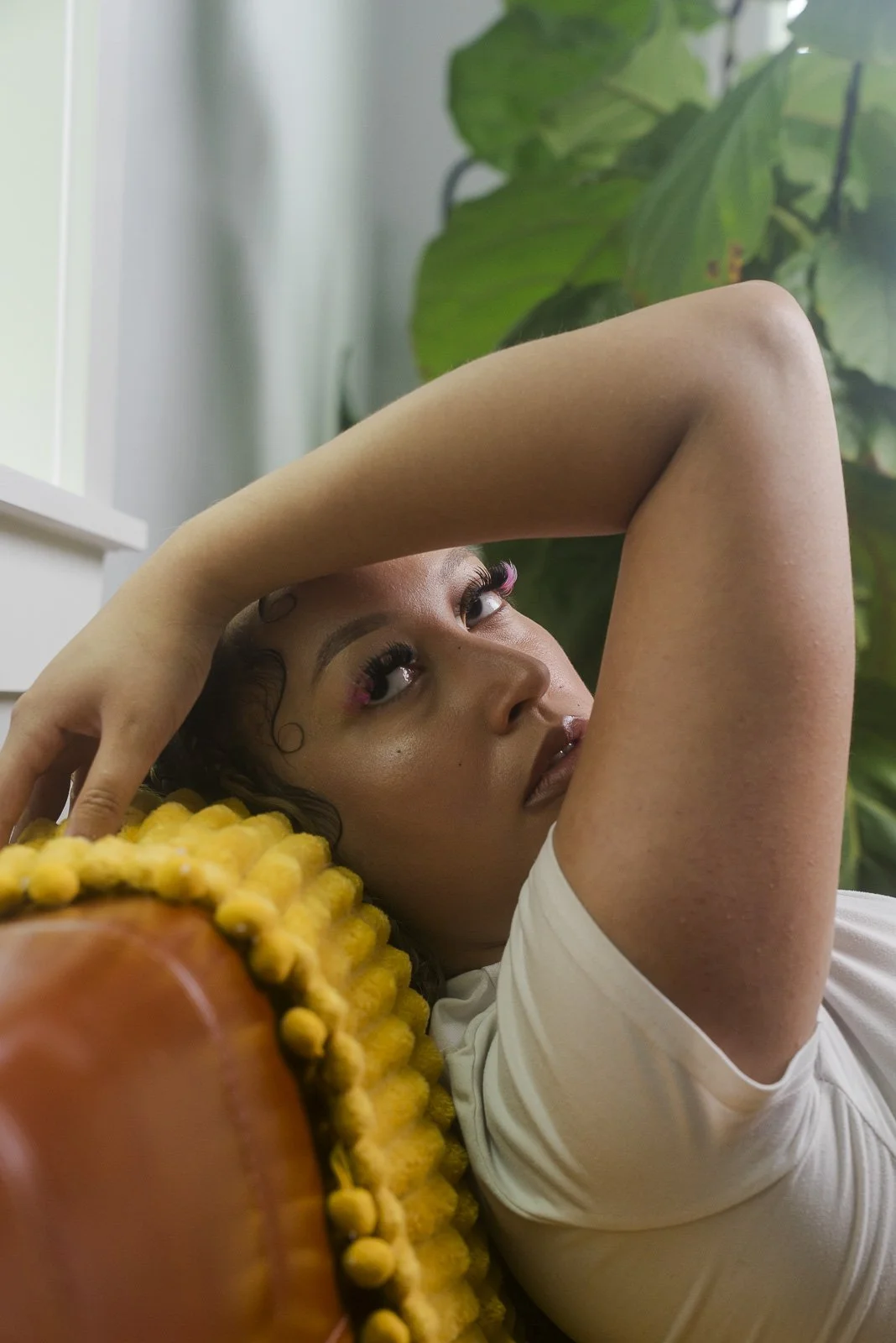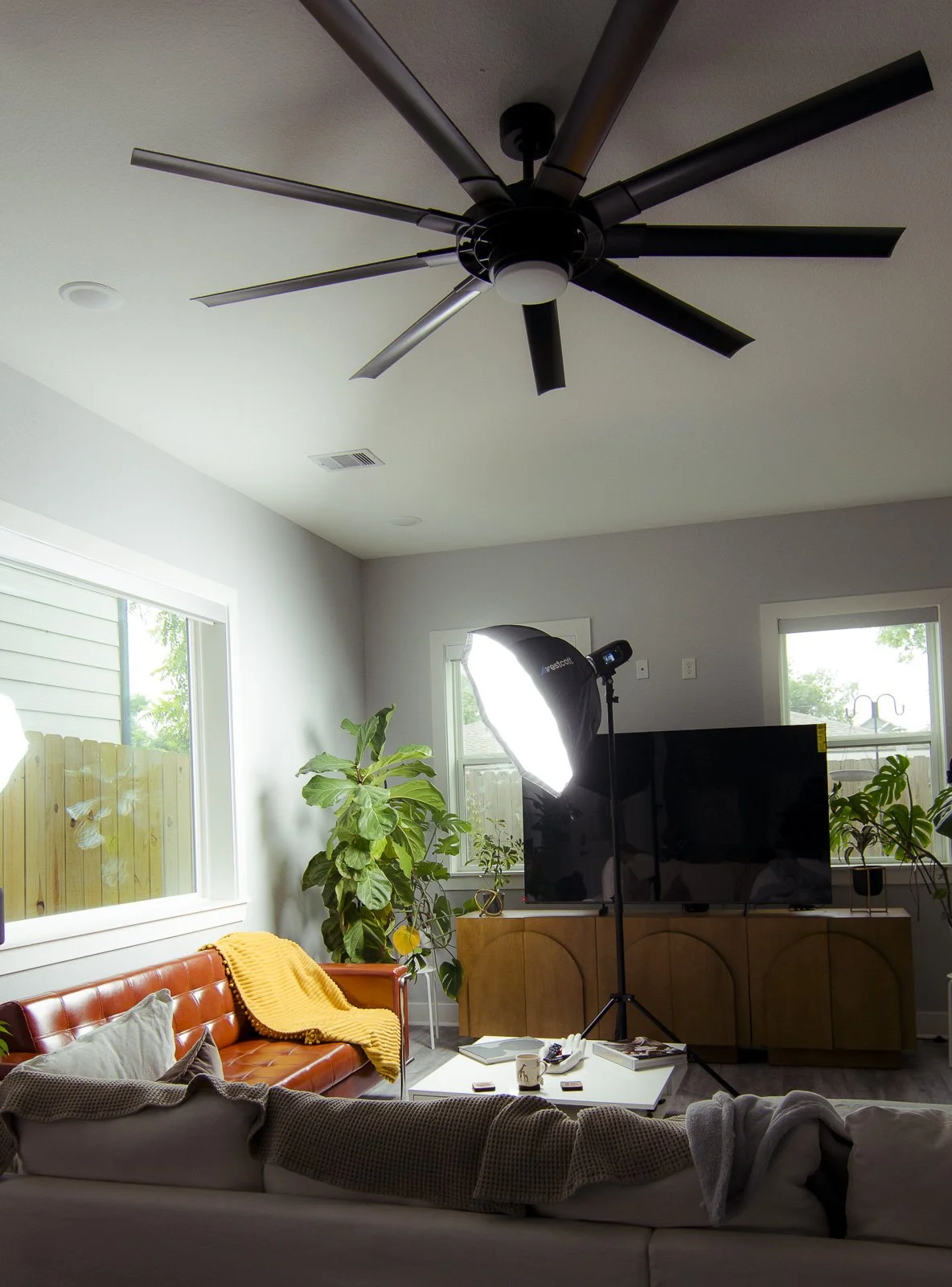5 Tips for Indoor Photography
From the way I learned photography, I have always preferred outdoor natural light photography. The first time I learned how to shoot in a studio was really interesting, and now I love both indoor and outdoor photography for different reasons. I appreciate studio and indoor photography for the amount of control that you have over the lighting and the scene. In this post, I will talk about some tips to get the most out of your indoor photography. Let’s get to it!
Know the best time of day to shoot.
Now, this first tip is important because it will affect how you use the next two tips. Natural light is limited at most indoor locations because they have huge walls blocking all the light from getting in. If you want to get the most natural light in the scene, it is best to shoot at these times of the day.
Noon: Shooting at this time indoors is great because you have the most sun coming through the windows at the most intense time. You can place your subject in front of a window and further diffuse the light with a curtain, sheet, or diffuser to get perfectly soft lighting.
Golden hour: You have probably already heard about this magical time of the day. Right after sunrise and right before the sun sets is another great time to get warm naturally diffused light for your indoor shoot.
Twilight: Not the movie, but right after sunset when the sky looks pinkish and sometimes blueish. This is a great time to take more dramatic photos like silhouettes or lowkey-lit images.
2. Use a high ISO
“I can’t; my photos are going to be grainy!” Yeah, that’s how you sound. You’re already inside, but just because you don’t have natural lighting doesn’t mean your photos are done for. You’re going to have to raise your ISO higher than usual. Higher-end models can handle higher ISO’s much better than most beginner models, so if you have a higher-end model, you can push your ISO up to 6400 or greater and still be okay with maybe a small amount of grain visible. At this point, you would be able to use the noise reduction in Lightroom to help smooth out your image. You can still keep your ISO relatively lower if you do the next tip.
3. Use artificial lighting
Use anything with a bulb! This is a great time to turn some lights on or off. Use strobes or constant lights if you have them on hand. The goal is to add more light to the scene however, placement should still be considered. Unless you are doing a creative lighting setup, you want the lighting to come from where it would naturally come from in the room.
Someone once said good lighting goes unnoticed, and this is because when the lighting looks how our eye expects it to look, then we won’t even notice it. This often looks like placing lighting from a window, shooting either through or next to the window to replicate the sun. This can also look like bouncing light off of the ceiling to replicate an overhead light in the room. This is a great time to use practical lighting, like a lamp on a table maybe a light from a laptop. Small LED lights are great for these types of practicals. Aperture makes a great LED for this purpose. For just $90, this small LED can be used in tight spots and has the ability to change colors and color temperature. Of course, there are many more similar lights that you can use.
4. Use a wide-angle lens
When you’re indoors, chances are you have a smaller area to work within. It will be best to go with a wider lens, like a 35mm or wider to capture as much as you can in frame. If you are in a mansion, then you probably won’t have to worry about this one, but still a good tip to keep in mind when you are deciding on lenses to bring or rent for an indoor shoot.
5. Focus on small details
Lastly, if you are shooting on set or maybe a lived-in home, there are probably a bunch of interesting things around. One way to draw viewers into the scene is by making the small details larger. Take a look around and see what patterns or objects are present. This can help bring the viewer into the environment. If the rooms are mostly empty, this is a good opportunity to bring objects into the scene. This can look like plants, books, or a mug if you are going for a cozy vibe.









